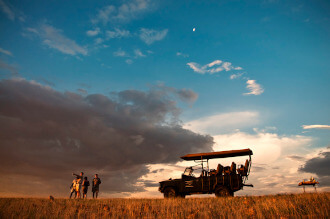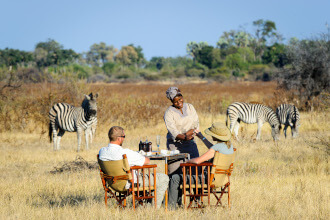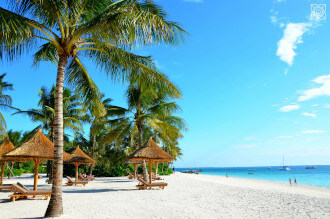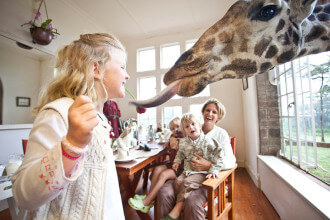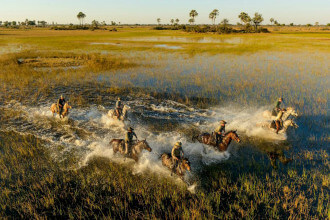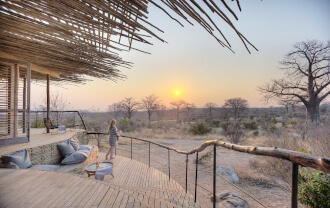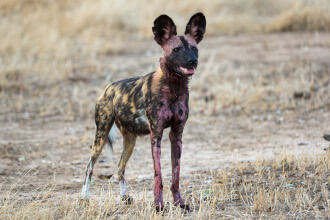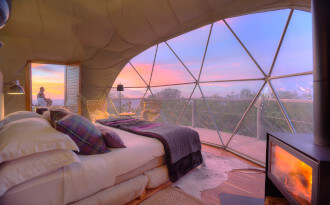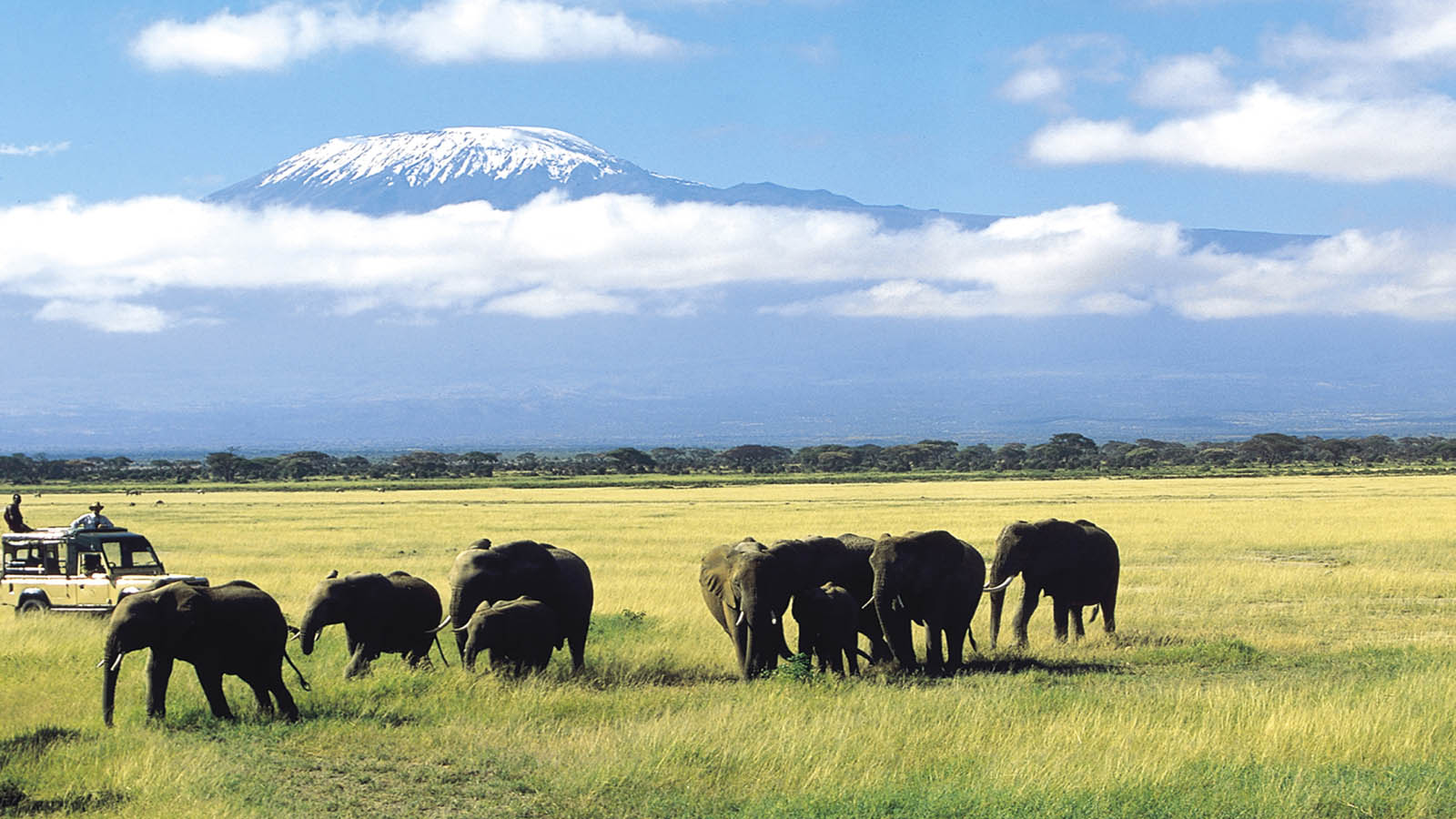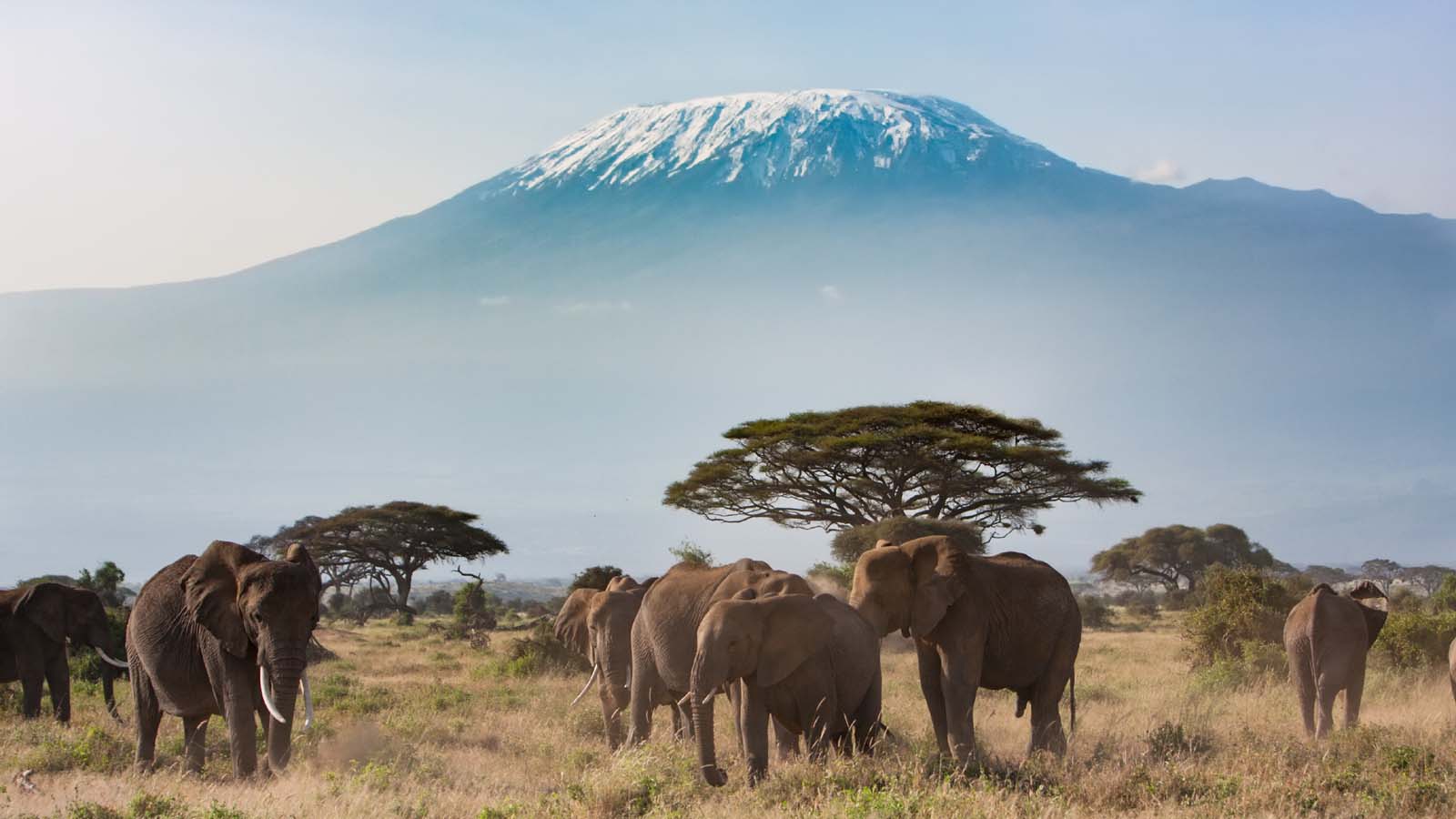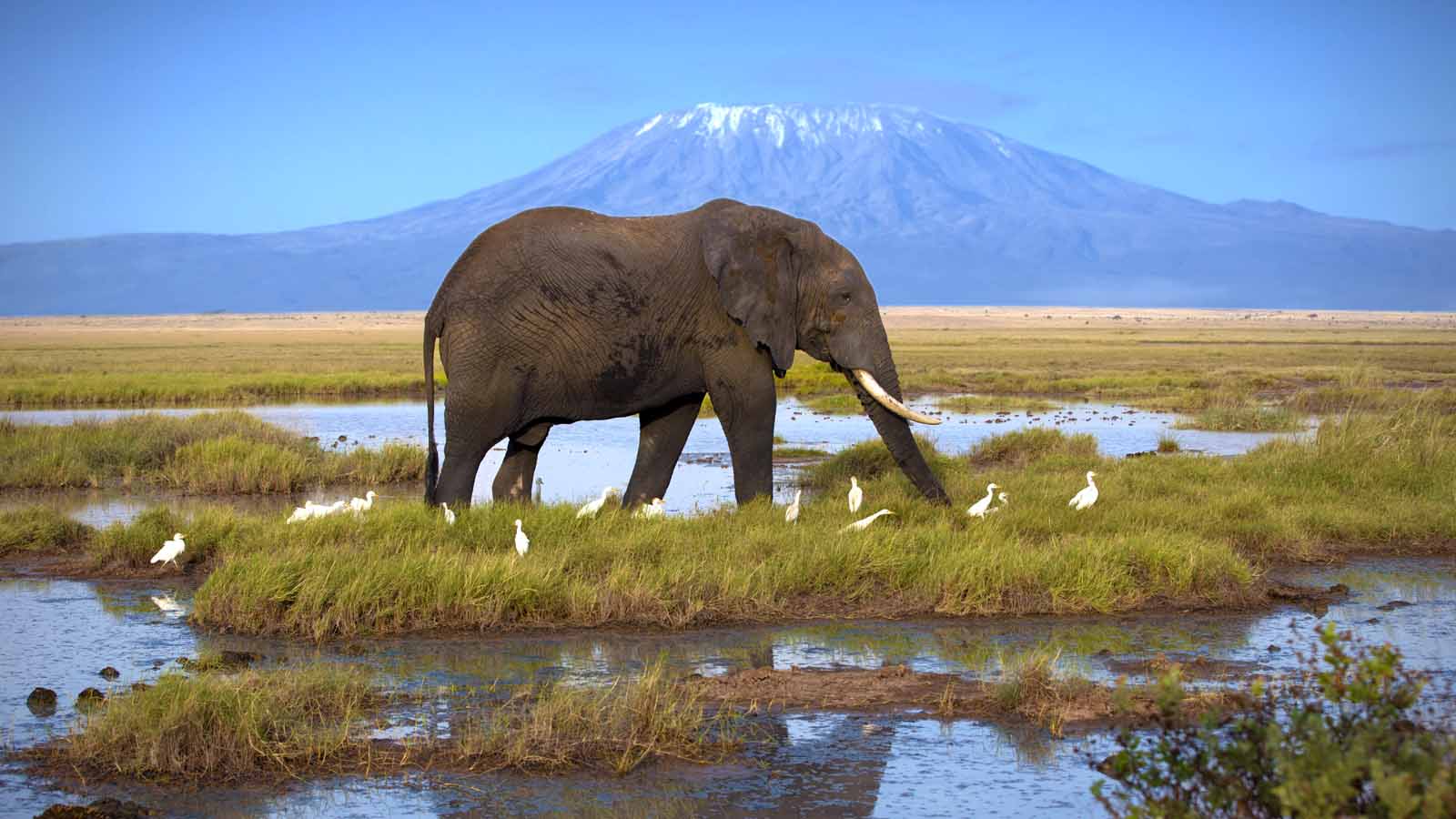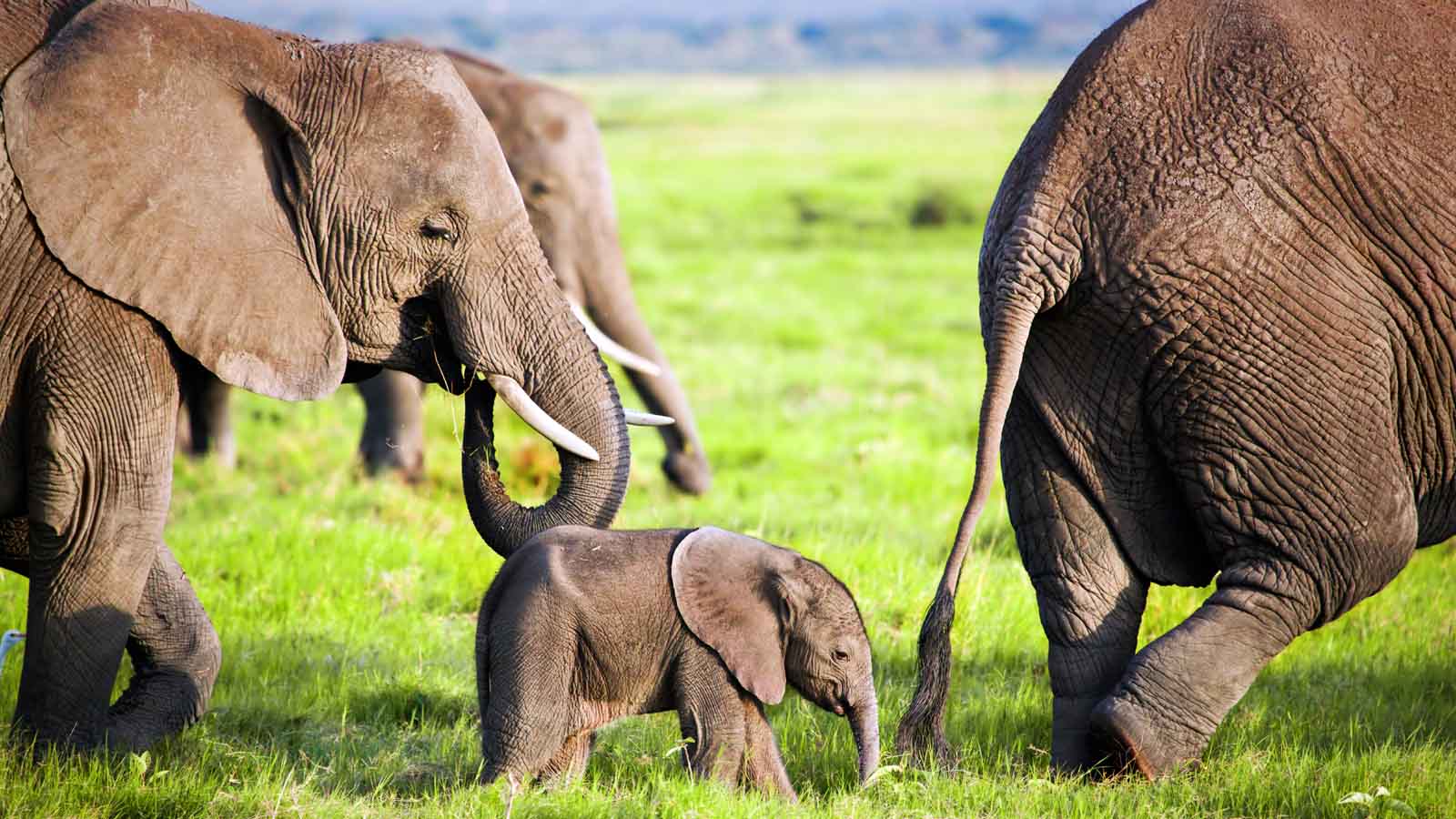With its staggering backdrop of Mount Kilimanjaro, Amboseli National Park is one of the most photographed wildlife areas in the world. Huge elephant herds stroll across the plains in front of the snow-capped peak of Kili in some of the best-recognised and iconic shots on the planet. Amboseli is every bit as beautiful as the photos would suggest.
Amboseli National Park's stunning scenery is its blessing and also its curse; this is Kenya's second most-visited reserve after the Masai Mara. You'll see plenty of other vehicles on game drives here, and especially crowded around predators. But if you can look past the crowds the landscape will be your reward...
There are approximately 1,000 elephant in Amboseli and their relaxed nature around vehicles means close-up encounters are pretty much guaranteed. However, Amboseli’s predators are somewhat thin on the ground - there are lions and cheetah, but due to extensive hunting by the Masai they are fairly shy and sightings are therefore much less frequent than in the Masai Mara.
And take heed - 'Amboseli' derives from a Masai word meaning 'salty dust'. This name becomes a literal description towards the end of the dry season when Amboseli can become extremely dry and herds desperately seek out what little water there is. This is not a pleasant time of year to visit. However, we still love this park and put Amboseli on many Kenya itineraries.
Where to stay
Amboseli’s most famous camp is Cheli and Peacock’s Tortilis, a classic 17-room tented camp whose tents, pool and dining area all command fantastic views of Kilimanjaro. Amboseli Porini Camp is a slightly less expensive 9-room camp that is set away from the crowds in the private Selekay Conservation just outside the National Park. The Amboseli Serena and Amboseli Sopa Lodges provide for much of the mainstream traffic in the park whereas Ol Kanjau Camp is a small no-frills affair outside the park boundaries.
For a summary of the
Best places to stay in Amboseli, please follow this link.

